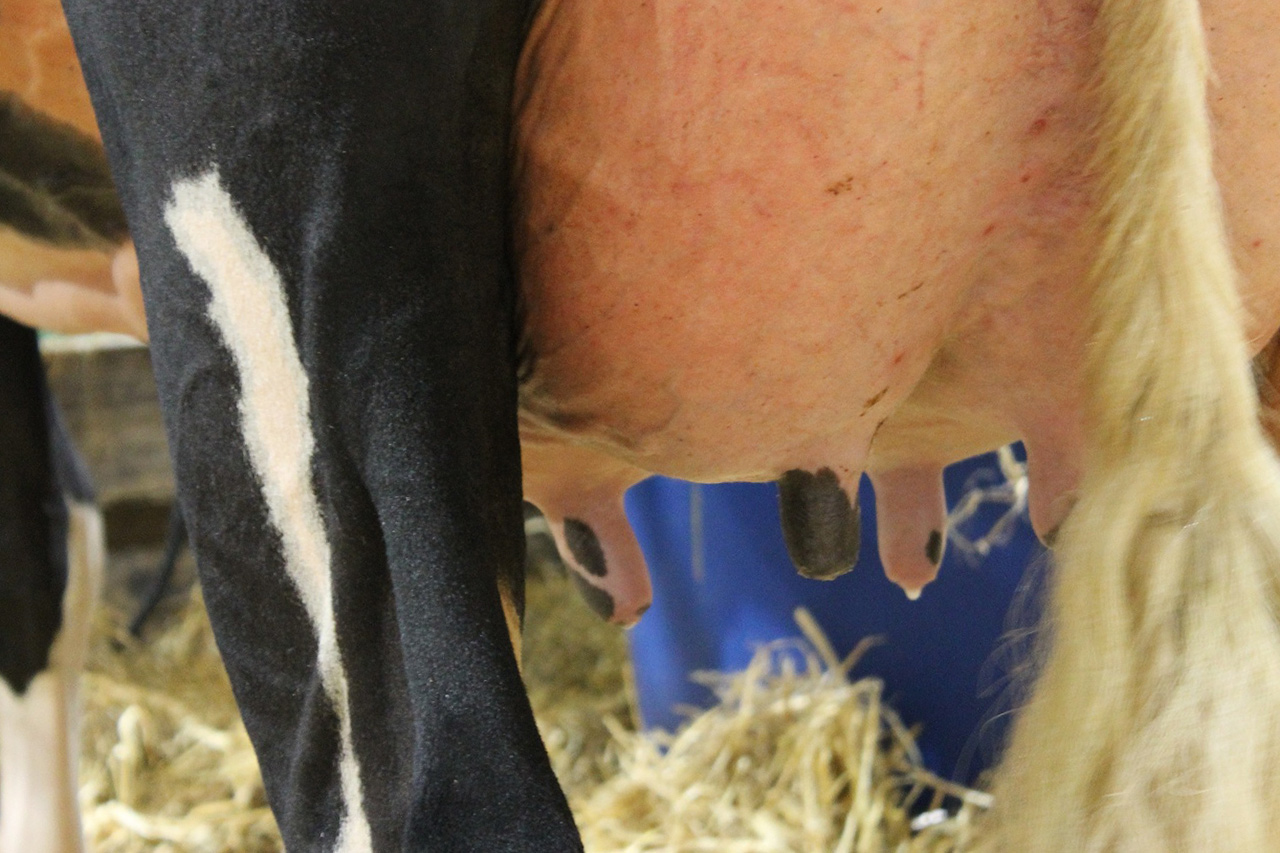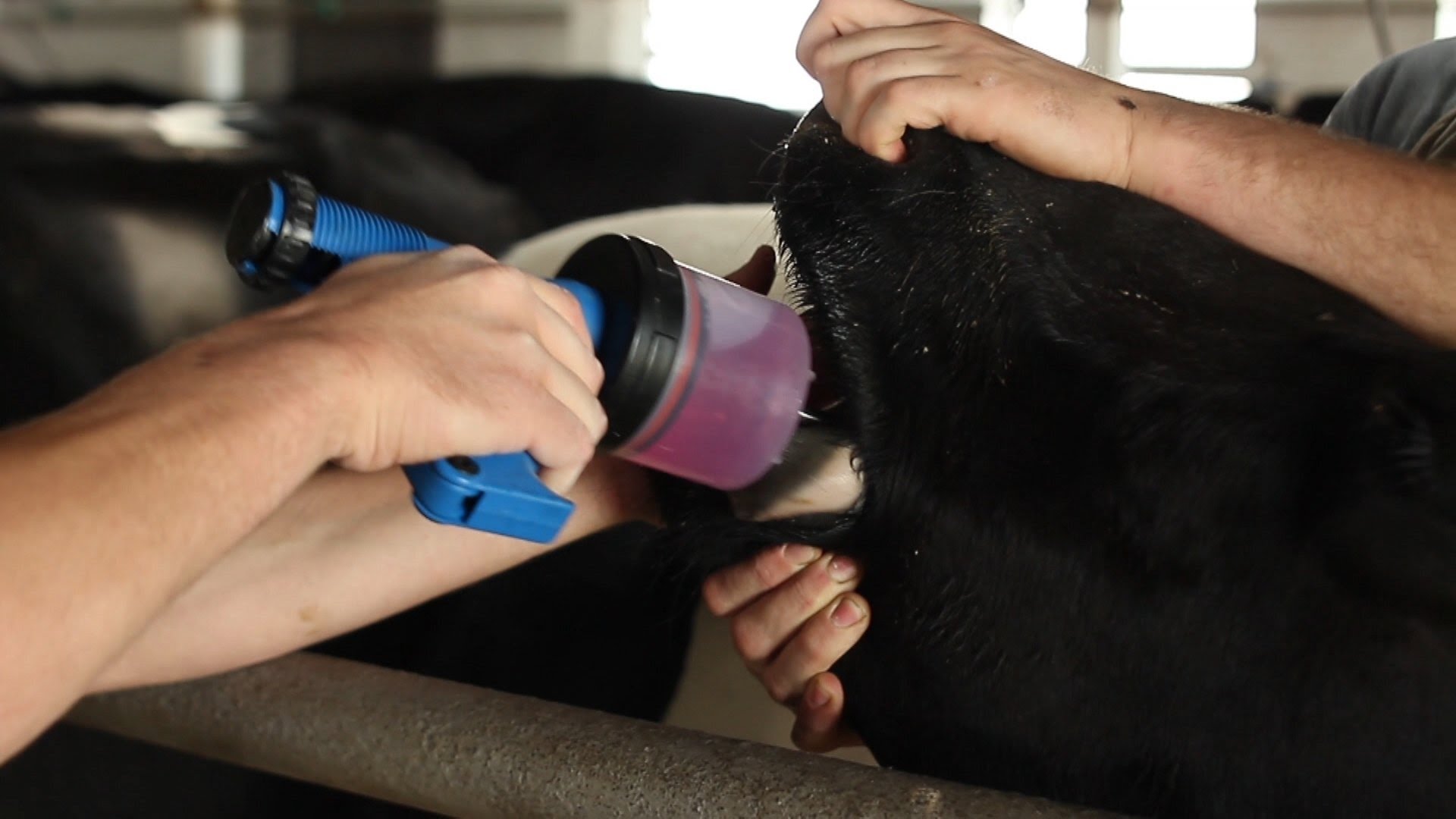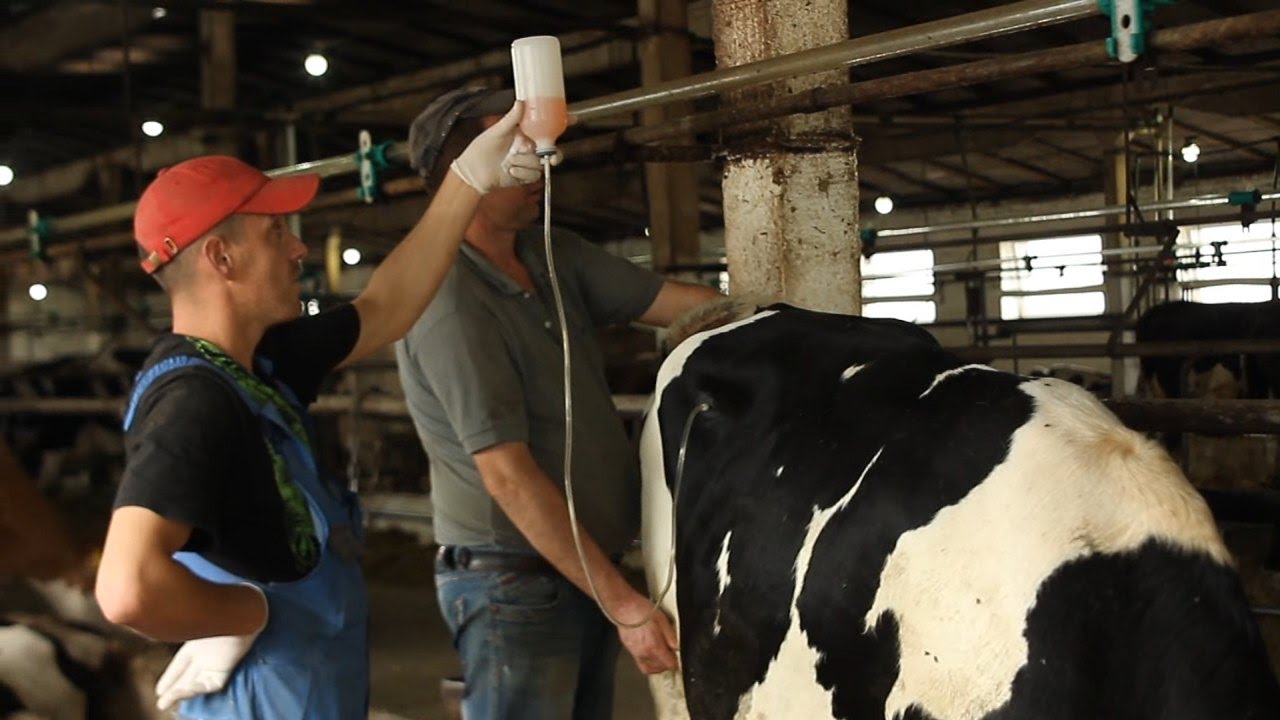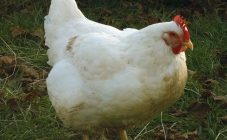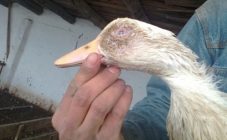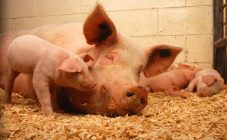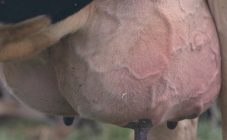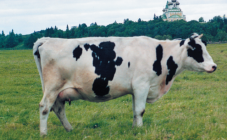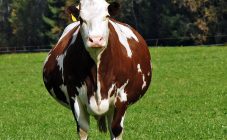Content:
An increase in ketone bodies in the body of livestock is quite common. If there is a suspicion of ketosis in cows, symptoms and treatment, a veterinarian or a very experienced breeder can determine the cause of the disease.
Cattle ketosis - what kind of disease
Ketosis is a disease that occurs due to metabolic disorders. The cause of the failure can be an unbalanced diet, a lack of carbohydrates, as well as the processing of large amounts of fat in the liver. Also, a factor leading to the development of the disease is the lack of outdoor walks and calving - ketosis develops 1-3 months after the birth of the calf. If the deterioration in the animal's condition is not determined in time and the treatment is delayed, the disease becomes chronic. The body begins to accumulate ketone bodies that damage the internal organs. The heart, liver and endocrine glands suffer. During this period, the animal begins to experience an acute lack of glucose.
Veterinarians warn that excessive feeding of animals with concentrated feed provokes the development of ketosis. At the same time, the cow often suffers from a shortage of hay and root crops.
Ketosis disrupts the rumen, the largest stomach in cows. The pH decreases, muscle contraction and salivation are disturbed.
A normal amount of ketone bodies provides the body with a supply of energy, but their excessive production causes the development of the disease. If you do not start the treatment of ketosis in a timely manner, milk yield will decrease by 2 times, the weight of the animal will decrease, and the risk of infertility and death of newborn calves will increase.
Symptoms of Ketosis in Cattle
The disease can manifest itself differently in each cow. The development of the disease is influenced by the state of the immune system, the characteristics of the organism, the intensity of the effect of ketone bodies. Main features:
- changes in urine and blood indicators;
- the appearance of a bitter taste in milk;
- lethargy, loss of activity;
- muscle spasms;
- teeth grinding;
- yellowing of body parts;
- salivation;
- arrhythmia;
- liver hypertrophy, pain;
- loss of appetite;
- weight loss;
- dullness of coat and hoof horn;
- drop in productive abilities;
- failure of the sexual cycle;
- infertility.
The disease cannot be called harmless - it harms both the cow itself and the entire farming. The productivity of animals after the transfer of the disease can be restored only for the next calving.
In total, there are 4 forms of ketosis:
- subclinical;
- sharp;
- subacute;
- chronic.
The subclinical form is detected during urinalysis. Acetone, acetoacetic acid and ketone bodies are found in urine. There are no external symptoms. In the acute form, the nervous system is irritated, manifested in overexcitation, skin sensitivity, decreased appetite, milk begins to smell like acetone. The subacute stage is characterized by the cessation of milk production and disruption of the gastrointestinal tract. In the chronic form, the reproductive system of the animal is disrupted, which causes the formation of cysts in the ovaries and infertility.
Diagnosis of ketosis in cattle
Diagnosing ketosis requires a comprehensive study.The specialist examines the living conditions of livestock, its diet, and also does blood, urine and milk tests. In the laboratory, the Lestrade reagent is used to detect the disease. The development of ketosis can be determined using a test strip, processed food analysis, ketone samples, the hardware method and the express contact method.
Treating ketosis
To cure a sick animal, you must first determine the source of the disease. A sick individual should be at rest and comfort, it is important to provide an influx of fresh air, but not to allow drafts. Water must be served slightly warmed up. It is recommended to completely replace the old mat.
Treatment:
- If the reason lies in nutrition, the ration of the livestock is completely revised. Reduce the consumption of high-protein and carbohydrate foods by increasing the amount of hay, grass and root crops.
- Get rid of low-quality feed.
- Sick animals are assigned a diet - exclude concentrates, putrefactive feed, silage.
- To reduce the content of ketone bodies, drug therapy is prescribed, which restores the metabolism of the animal.
- Replenish the lack of nutrients - make injections of glucose, insulin, sodium bicarbonate, ammonium lactate, propylene glycol, sodium caffeine benzoate, vitamins.
- In case of violation of scar contractions, an infusion of white hellebore is effective.
- In the event of aggression, the animal is prescribed sedatives.
- In combination with drugs, physiotherapeutic procedures are effective: quartzing the udder and massage.
- Hormone therapy - an anterior pituitary hormone, cortisone, or Dexafort is prescribed.
- Ketosis is also treated with the homeopathic remedy Carsulen. The injection is given on days 3, 5 and 7 after calving.
Traditional methods of treatment
It is not always possible for a breeder to invite a veterinarian. You can improve the condition of the cow using folk methods:
- 400 g of sugar is dissolved in water and allowed to drink to the cow, after an hour they give an injection of insulin.
- 2 times a day do deep enemas with baking soda, you can also give soda solutions to drink.
- In severe cases, an injection of glucose is injected 2 times a day.
- The glucose level is normalized by adding 5-7 kg of beets and 6-9 kg of forage turnips to the daily diet. These products are combined with hay, barley and crushed oats.
- To normalize the sugar-protein regime, the cow is given 2 kg of molasses per day.
Disease prevention
You can prevent the onset of the disease if
- balance the diet;
- give each animal 2 kg of fresh hay per day;
- do not allow eating poor-quality or spoiled foods;
- keep feeders clean;
- provide free access to water;
- regularly change water;
- monitor the weight of the cow, in case of gaining excess weight, the individual is put on a diet.
The main prevention of the disease is a balanced diet. The diet of cattle should include hay, root crops and concentrates. It is important to observe proportions, protein foods should not prevail in the diet. You can also protect against the development of the disease by increasing activity: animals should take walks both in summer and in winter. Muscles begin to vigorously process ketone bodies after overcoming a distance of 1 kilometer. In one walk, a cow should walk 2-3 kilometers.
Experienced livestock breeders begin feeding a pregnant cow 3 weeks before calving, one kilogram of concentrate per day. Gradually, the rate increases - after a week, the animal should consume one kilogram more feed. For calving, the individual eats 3 kilograms of concentrate daily.
Ketosis is a dangerous disease that is often overlooked. The disease affects the milk and health of the animal and can lead to its infertility.Diagnostics is carried out in the laboratory, ketosis therapy is prescribed by a specialist. The disease can be identified and treated at home. You can protect your cattle from an increase in ketone bodies with a balanced diet, regular walking and maintaining sanitation in pens.
